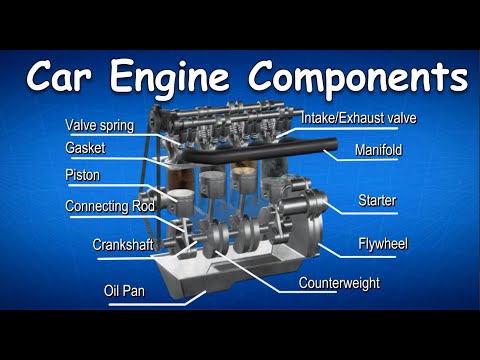Okay, let’s break down what makes a car engine tick! It’s a complex system, but we can explore the key components;
Ever wondered what’s actually happening under the hood of your car? It’s more than just a noisy box! The car engine is a marvel of engineering, a carefully orchestrated dance of parts working together to convert fuel into motion. We’re going to dive into the essential components that make your car go, explaining what each one does in a way that’s easy to understand. So, buckle up, and let’s get started!
Think of it like this: your engine is like a tiny, controlled explosion factory. Each part plays a crucial role in making that explosion happen at the right time and in the right way. Without all the pieces working in harmony, your car wouldn’t even start, let alone get you from point A to point B.






